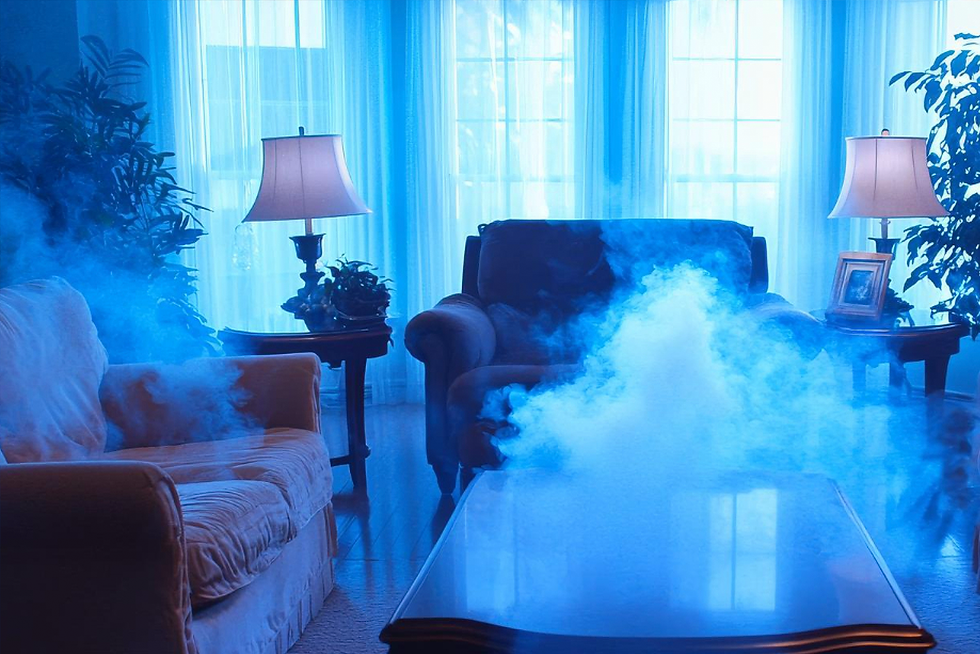The DNA of a serial killer does NOT kill you!
- Corey Provencal

- Mar 12, 2012
- 2 min read
Recently a very well respected PhD Wei Tang Lab Director at QLab, posted the following in the IAQA LinkedIn Group about microbial DNA testing. It was in response to a question regarding the presentation he gave at the IAQA Annual Conference in Las Vegas.
The DNA of a serial killer does NOT kill you!
Someone asked me about DNA testing in one of my presentations yesterday. Here are my thoughts on this subject. The detection of DNA in indoor environmental samples demonstrates the history of the presence of biological organisms (e.g. a serial killer, mold, bacteria, etc.). It may not represent the current biological hazard/risk. Pathogens need to be viable to be infectious. The molecular structures of allergens (mold and others) and toxins that cause allergic and toxic reactions, respectively, need to be well preserved in order to cause health effects. Assessment based on DNA testing alone overestimates the risk of biological agents on human health in indoor environment. Surrogate components testing (DNA, ATP, enzymes) does not test for the “real thing”. The detection of those components of an organism does not equal to the detection of components of the same organism that can cause health effects. Direct microscopic examination of fungal biomass (spores and hyphae) detects and demonstrates the presence of intact fungal cell structure and it has a better correlation to the presence of fungal cell components that can possibly cause health effects. Of course, there are many tests can detect each components individually, but the cost will be very high. Culture analysis can tell you whether VIABLE (culturable) fungi and bacteria are present or not. Those methods will still be the most common and cost efficient methods for IEQ assessment for many years to come. DNA testing doesn’t tell you when the organism has become non-viable or if the cell structure has been destroyed or not. If the remediation company need to remove, clean, kill, and destroy every pieces of DNA left behind, the cost will be way too high. DNA-free environment is unnecessary for residential, commercial and most industrial buildings. DNA testing is a power tool and has its time and place, especially for academic research. For field applications, I believe we are still in early stage of research and development.
• John P. Lapotaire, CIEC • Certified Indoor Environmental Consultant • Microshield Environmental Services, LLC • www.Microshield-ES.com
#microshield #IESO #FloridaDBPR #Chapter468 #HB5007 #indoorairquality #SenateBill2234 #mold #IEQ32 #LEED #DepartmentofBusinessandProfessionalRegulation #moldpretreatment #MoldRelatedServicesLicensingProgram #SB1244 #PCBBCAS1101 #HB4171 #moldtesting #moldprevention #IndoorEnvironmentalStandardOrganization #healthyhome #ResidentialMoldAssessment #HB5005 #FloridaStatutes #moldinspection #moldremoval #moldremediation #ASTM #johnlapotaire #USGB #newhomemold #PartXVI #JohnPLapotaire #HouseBill713 #ciec #airquality









Comments